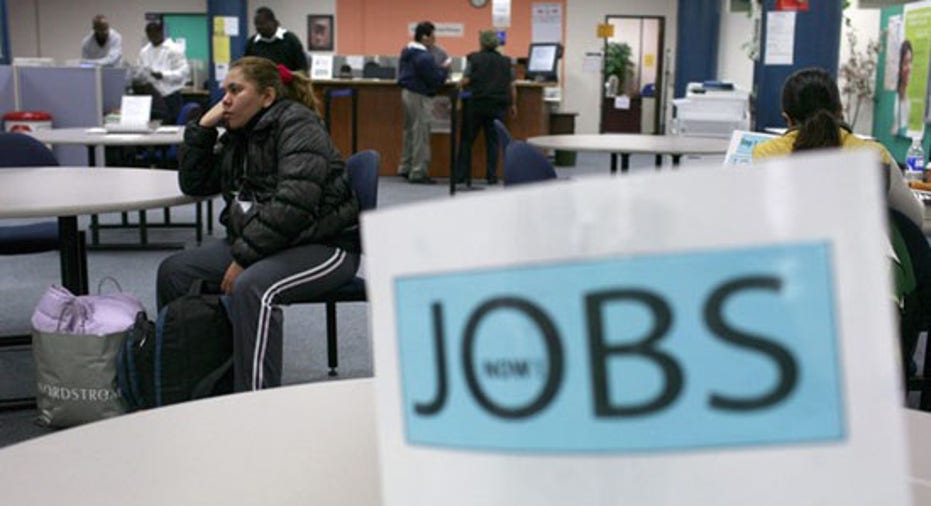Analysts See 'Solid, Steady' Job Growth in April

The long, hard winter is a bad memory now and analysts expect the labor market to reflect the nicer weather, predicting solid jobs growth in April.
The U.S. Labor Department’s monthly jobs report is due out Friday and the numbers are widely expected to show some improvement over the March figures, when 192,000 jobs were added to the economy and the headline unemployment rate held steady at 6.7%.
Gus Faucher, senior economist at PNC Financial Services Group, predicted 200,000 new jobs were added in April and that the unemployment rate will tick lower to 6.6%. A broader consensus of economists is even more optimistic, forecasting the addition of 215,000 new jobs.
Faucher predicted “continued solid growth, not fantastic but more than enough to absorb new entrants into the labor force plus some of those who’ve been unemployed.”
The private-sector jobs report issued earlier this week by payroll processor Automatic Data Processing (NYSE:ADP) said 220,000 jobs were created in April, strongly suggesting that the severe winter weather that curbed hiring during the first quarter has broken and that employers are now making up ground.
Faucher said the “solid and steady” labor market momentum should continue through the rest of the year.
As was the case in recent jobs reports, the focus on the April data will spread beyond the number of jobs added and headline unemployment rate. Also being scrutinized will be the labor force participation rate, a key gauge of the percentage of working-age Americans currently employed, and the number of part-time positions created compared with the number of full-time positions.
Economists – not least those working at the Federal Reserve – have acknowledged in recent months that the headline unemployment rate, in particular, has been a less-than-accurate gauge of the health of U.S. labor markets.
Labor Force Participation
In fact, the Fed in March discarded a 6.5% unemployment threshold it had set for possibly raising interest rates because the rate had fallen much quicker than anticipated and not for all the right reasons.
When the 6.5% threshold was established in early 2013 the unemployment rate was still near 8%. But as the rate dropped through the year it became clear that it was falling not because of the strength of job growth each month but because tens of thousands of Americans were leaving the workforce.
That dynamic helped lower the unemployment rate but also pushed the labor force participation rate to its lowest figure in four decades. After ticking lower for several months, the rate held steady in March at 63.2%.
If the rate moves higher in April, as expected, it will be “a sign that people are feeling more confident in the recovery,” said Faucher.
Another important labor market indicator is whether the economy is creating full-time jobs rather than part-time and temporary jobs. The number of people employed part-time for economic reasons in March was little changed at 7.4 million, according to the Labor Department. Economists believe that number could decline somewhat in April as employers feel more confident in hiring full-time workers.
Most workers seeking a job, especially those who were laid off during the recent recession, prefer full-time employment because it means a larger paycheck and possibly benefits, both of which allow consumers to feel more confident about spending. The positive impact is then felt throughout the broader economy.



















